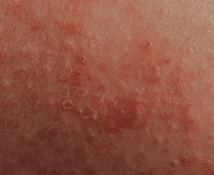
Dry or scaly skin
is a type of . In fact, it’s the most common type, affecting more than 16 million adults in the United States.
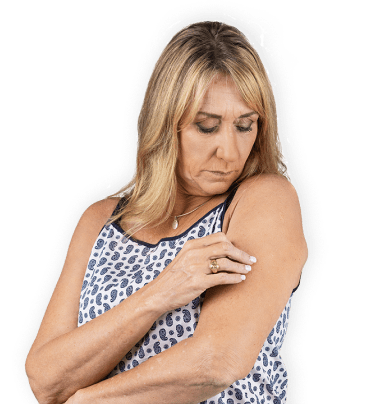
A REAL ADBRY PATIENT.
Individual results may vary.
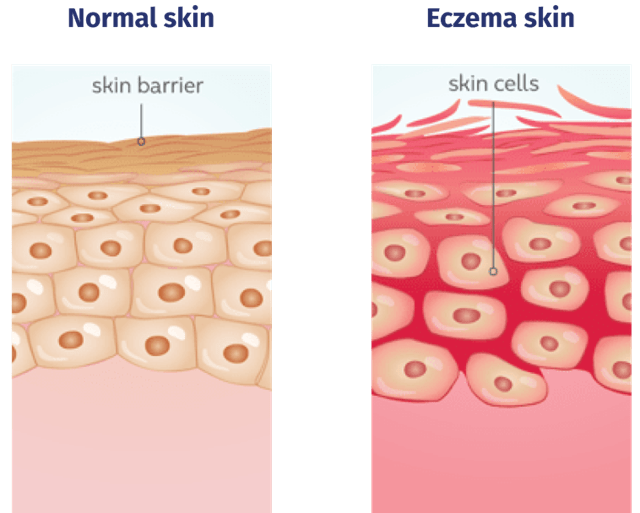
is a skin disease that’s caused by an overactive . When the is triggered, it causes , and your skin can become itchy, red, and dry.
With , the overactive causes . So even when symptoms aren’t present on your skin, can still be happening under your skin.

Dry or scaly skin
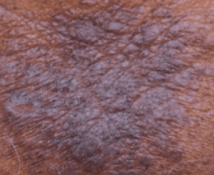
Darkening of the skin
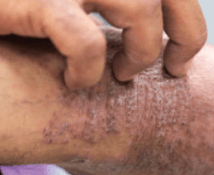
Itching
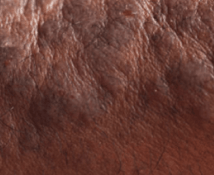
Thickening of the skin
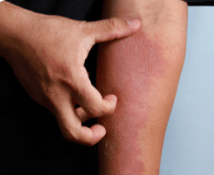
Reddening of the skin
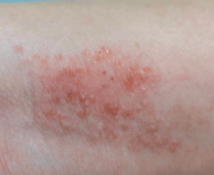
Small raised bumps
*Examples of moderate-to-severe ().
Moderate-to-severe can be exhausting and often unpredictable—appearing at different times and on different parts of the body. most commonly appears on the neck, hands, arms, back of the knees, and inside of the elbows.

While the exact cause of is unknown, we do know that people with have an overactive and a weakened that causes damage to the skin. That overactive produces a number of proteins in the body—one of which is (interleukin-13). is a protein that sends signals that lead to in the skin.
Studies have shown that people with have more in their skin than people without . It’s also been shown that the more people have, the more severe their is.
When too much is present in the skin, it leads to continued and unbearable itch. When you scratch your skin, the weakens and becomes more damaged, allowing substances such as bacteria, allergens, and viruses to enter.
When the immune system detects these substances, the body produces more in the skin, starting the vicious cycle again.
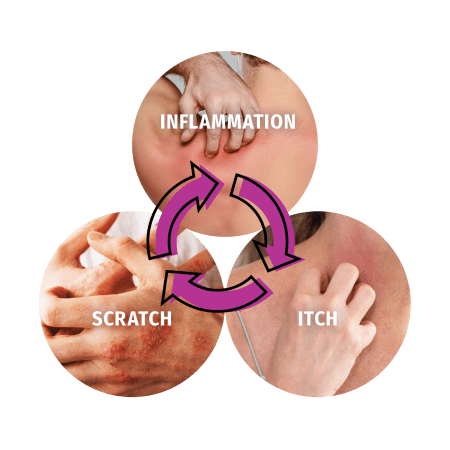
For illustrative purposes.
Do not use ADBRY if you are allergic to tralokinumab or to any of its ingredients.
Tell your healthcare provider about all your medical conditions, including if you:
Tell your healthcare provider about all the medicines you take, including prescription and over-the-counter medicines, vitamins, and herbal supplements.
ADBRY can cause serious side effects, including:
The most common side effects of ADBRY include:
These are not all the possible side effects of ADBRY. Call your doctor for medical advice about side effects. You may report side effects to FDA at 1-800-FDA-1088.